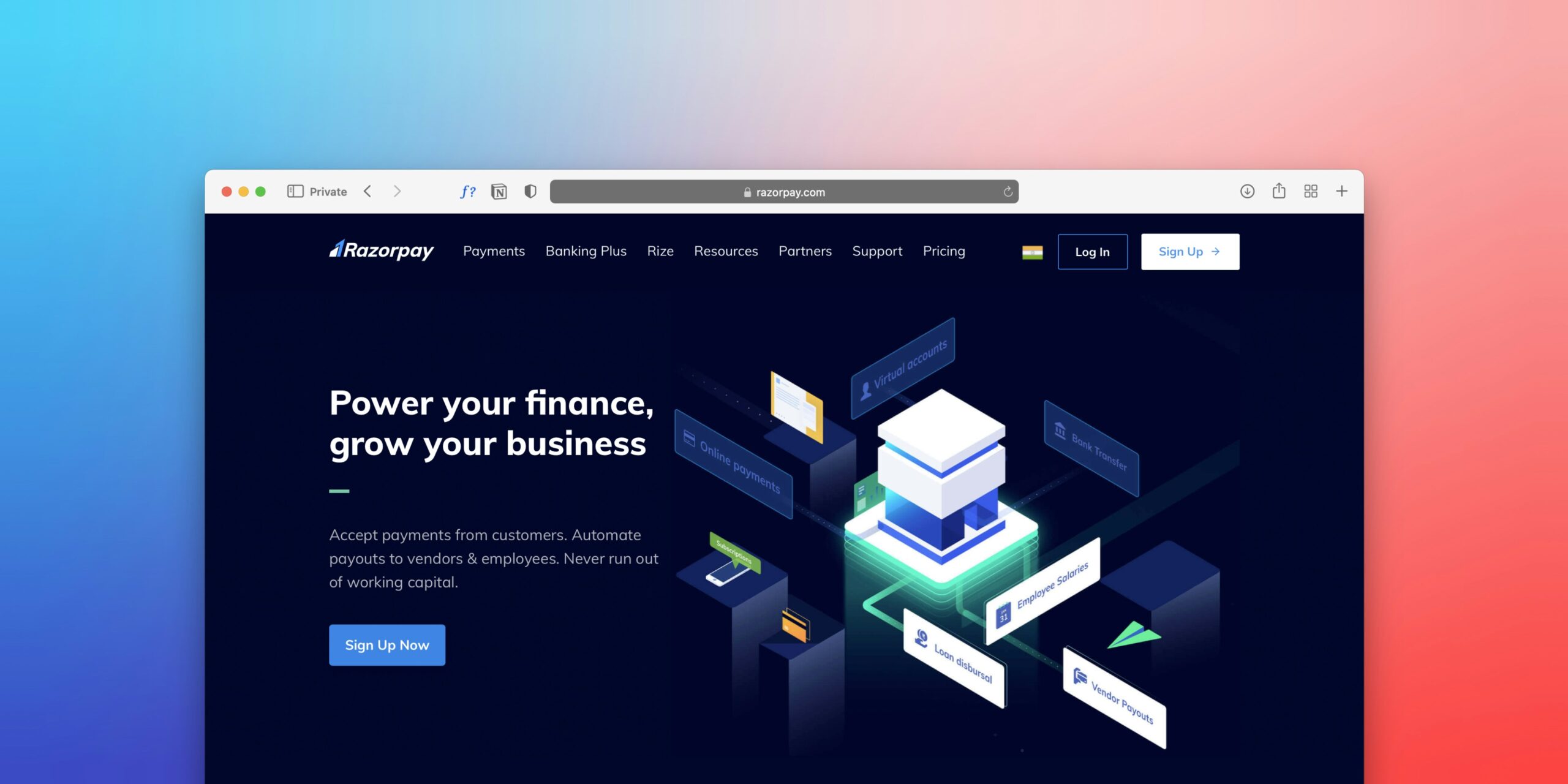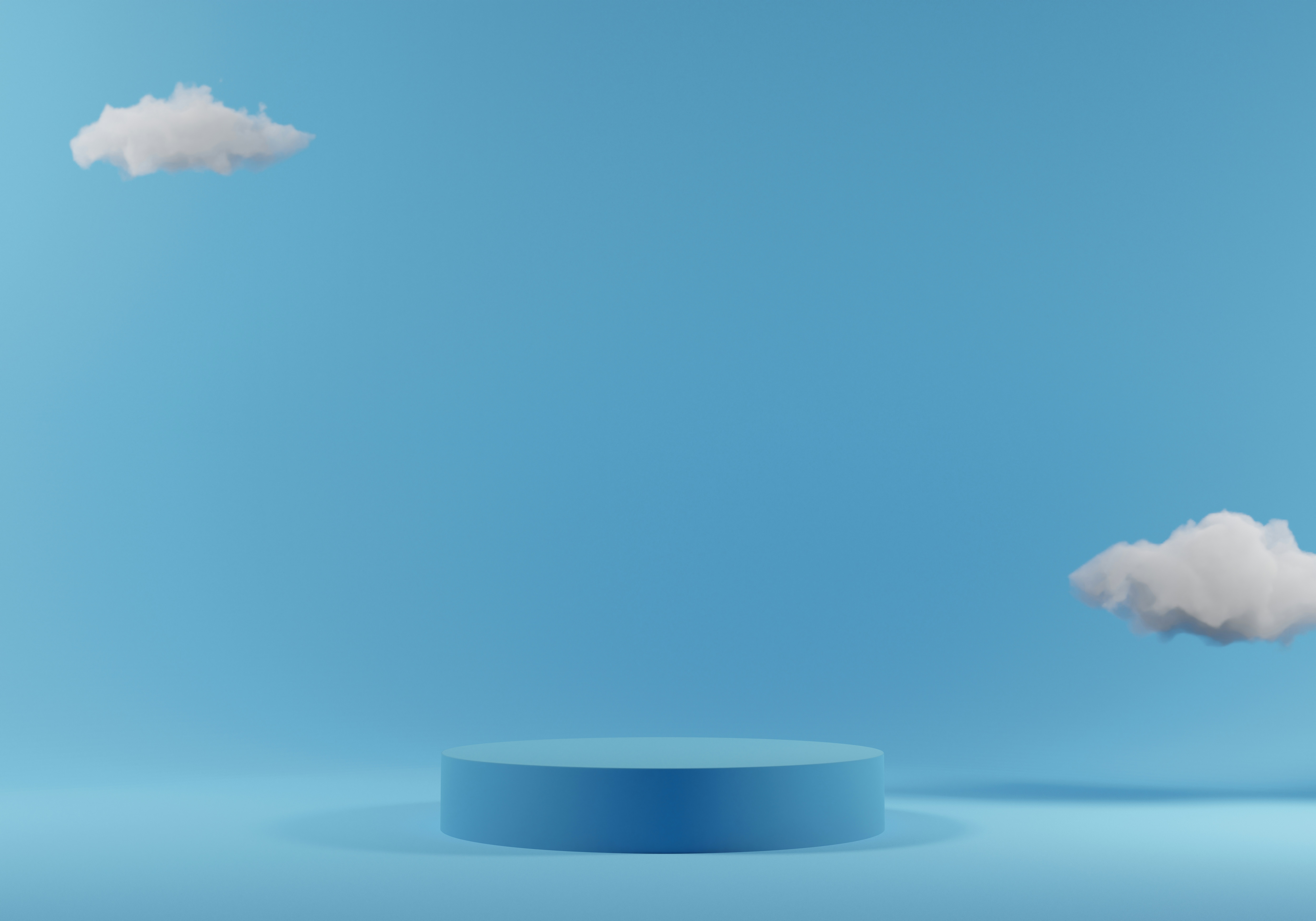Invisible Infrastructure: Why SMBs Must Prioritize DNS Performance and Security
Invisible Infrastructure: Why SMBs Must Prioritize DNS Performance and Security Welcome to the digital economy, where every millisecond costs money and every dependency is a potent







 , so all the prices are in Canadian Dollar.
, so all the prices are in Canadian Dollar.








